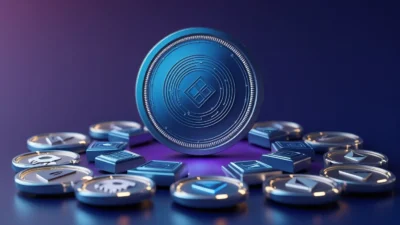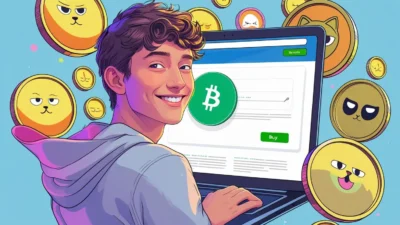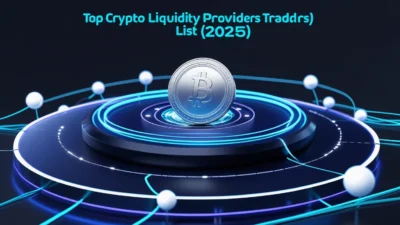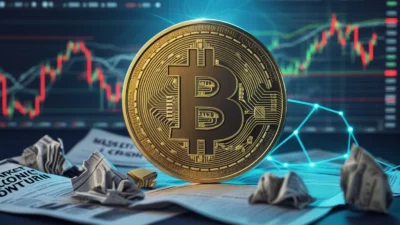DeFi, or decentralized finance, is an exciting way to rethink traditional banking, but it’s not without its risks. What are the risks of DeFi?
First up, there’s the volatile nature of cryptocurrencies. Prices can soar or crash with little to no warning, so anyone investing in DeFi should be prepared for that rollercoaster ride. Then there’s the issue of smart contract vulnerabilities. While code powers the whole system, even the smallest bug or exploit can lead to massive losses, and since there’s no central authority, getting your money back is tricky, if not impossible.
Speaking of authority, DeFi operates in a largely unregulated space. That might sound appealing to some, but it comes with its downsides, like a lack of protections and the risk of scams or fraudulent projects. Another risk is related to liquidity. If the market dries up, users could face problems withdrawing their assets or even experience significant slippage.
Finally, keep in mind that DeFi platforms are heavily reliant on technology and the internet. Outages, hacks, or hardware failures can disrupt service and potentially compromise funds. While DeFi offers opportunities for innovation and growth, understanding these risks is essential before diving in. It’s not a guaranteed path to riches, just another financial tool with pros and cons.






